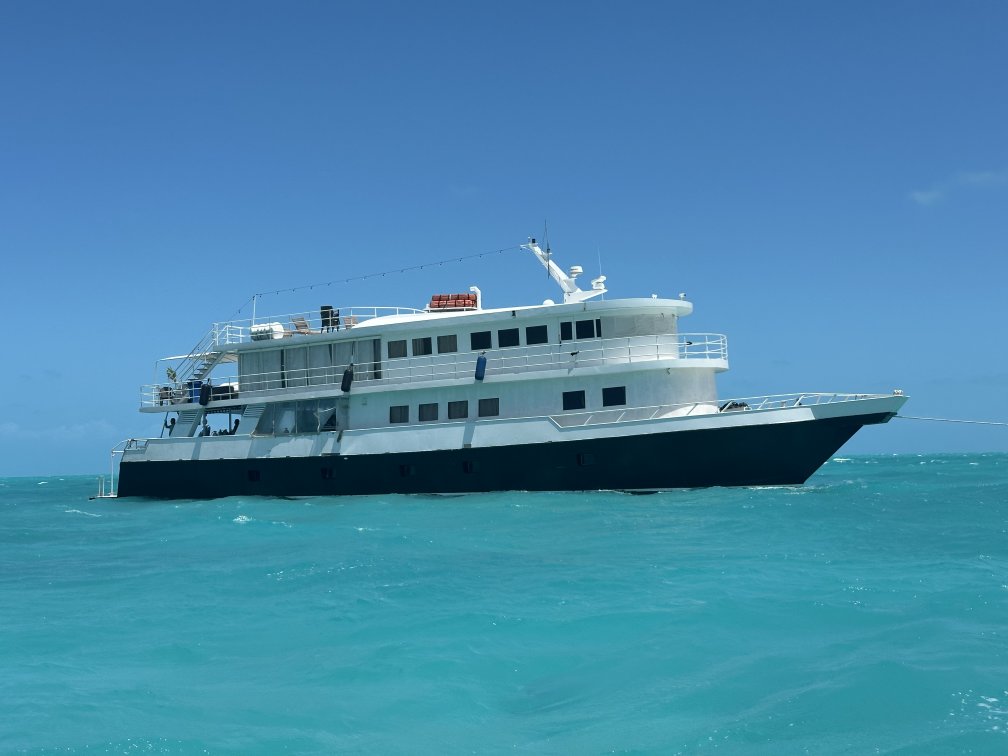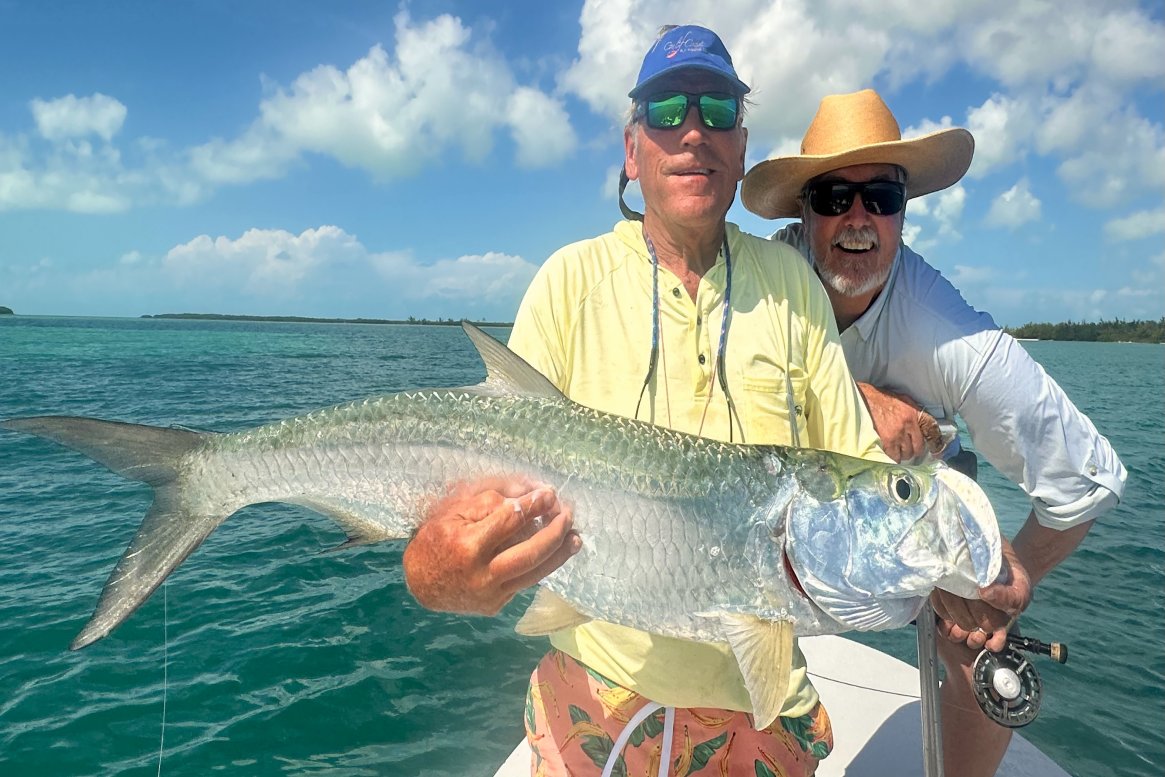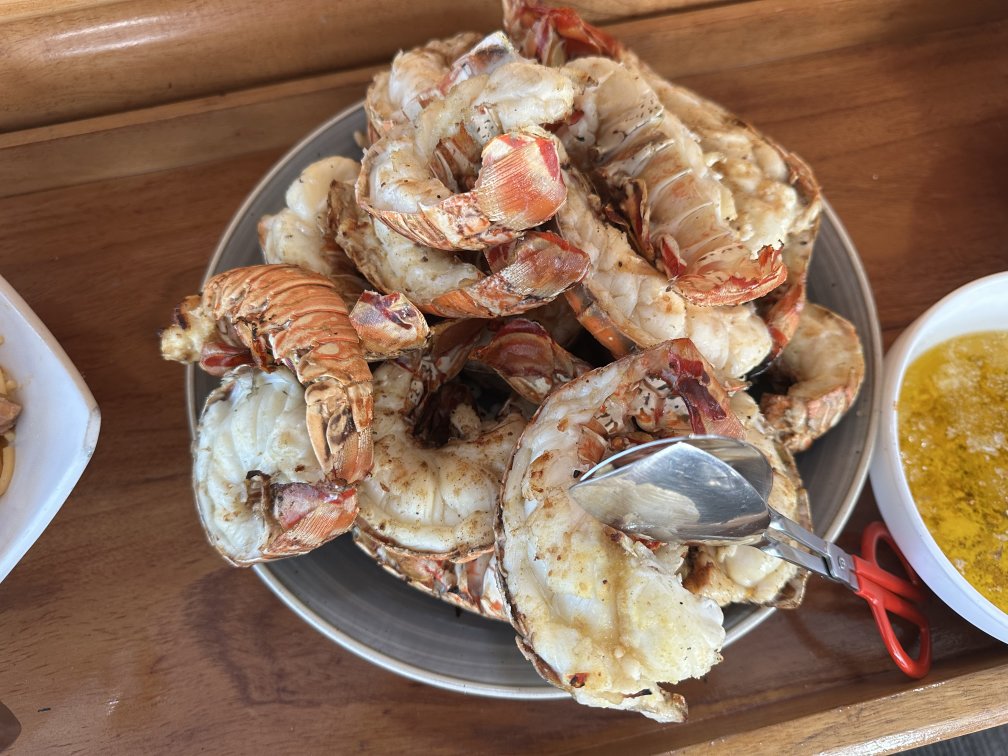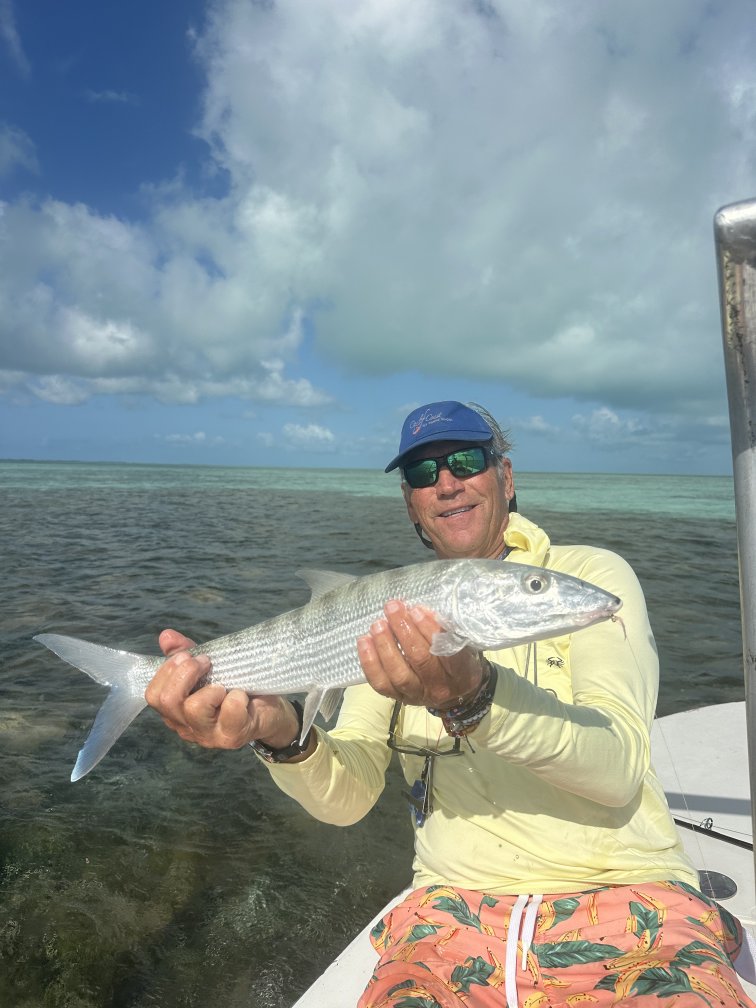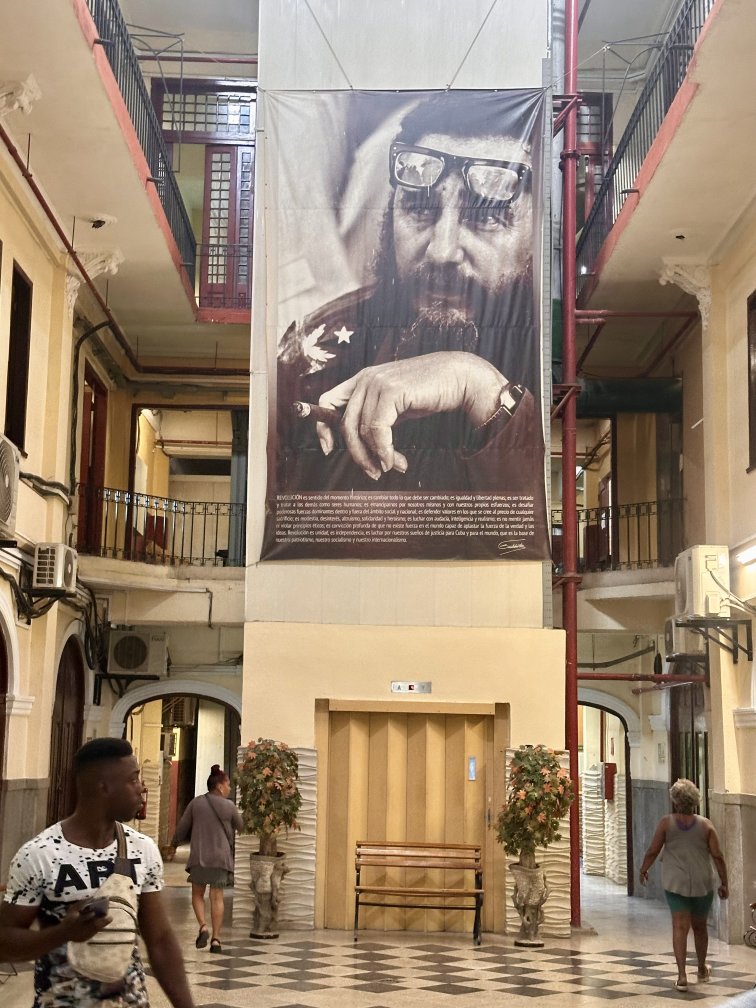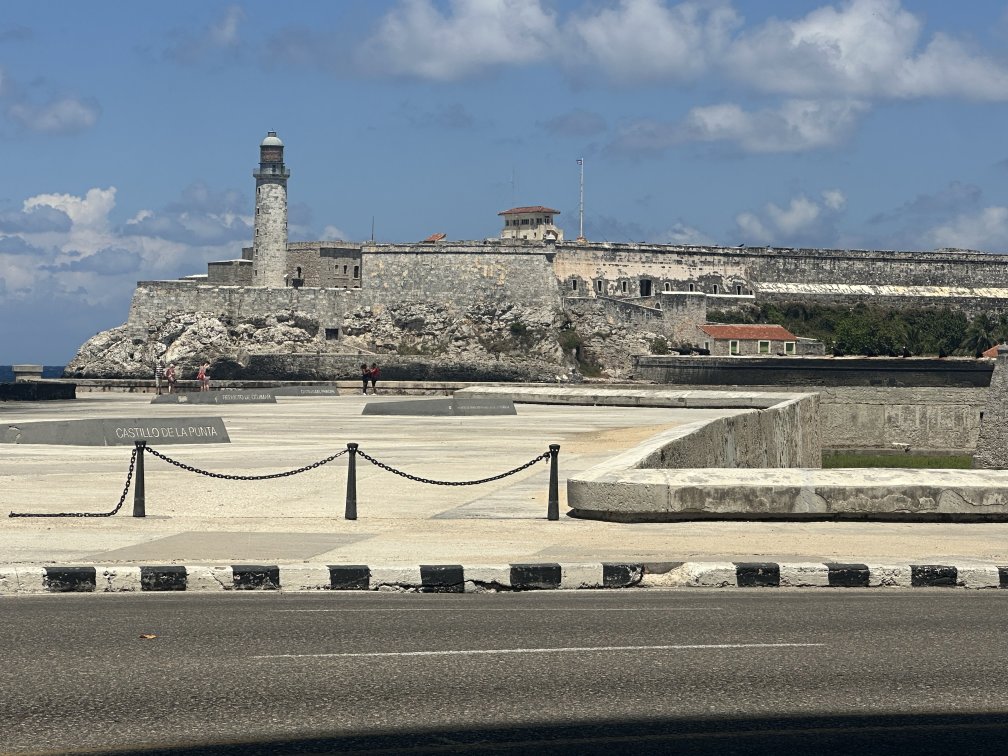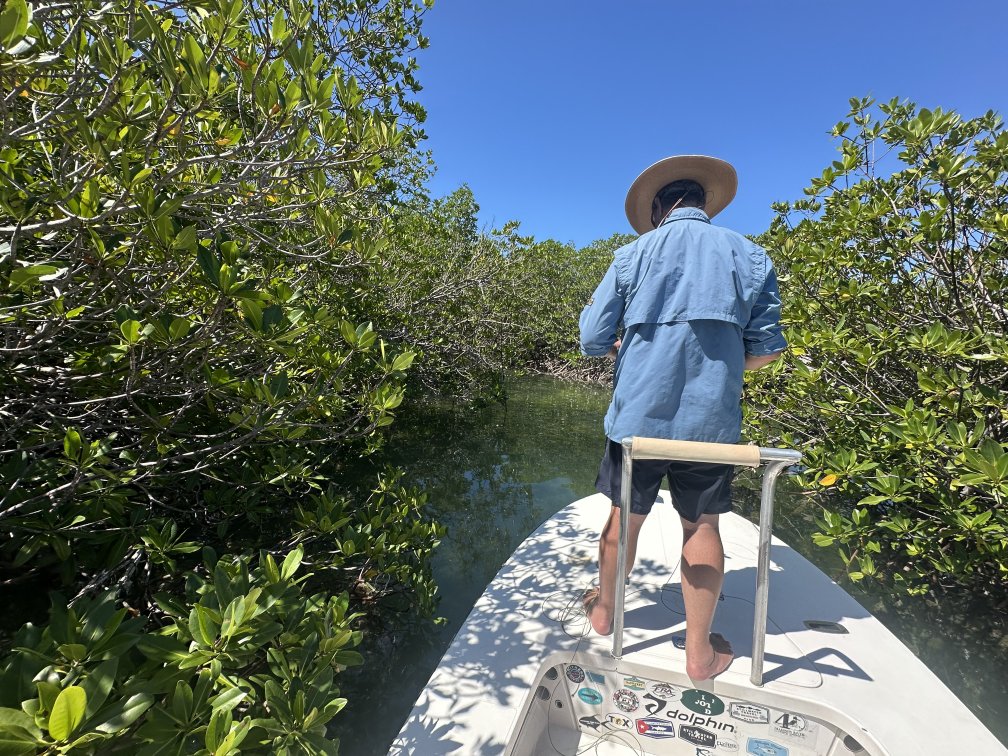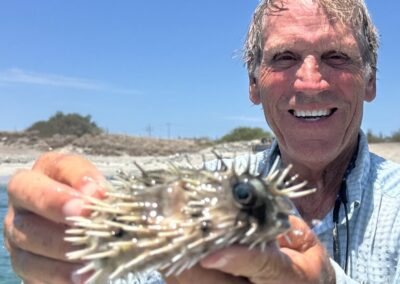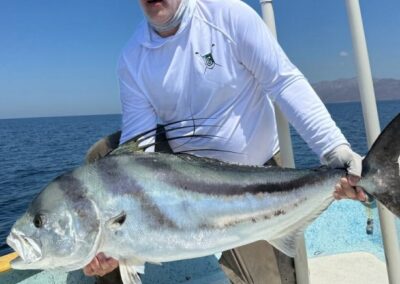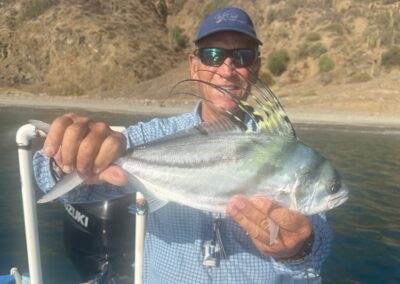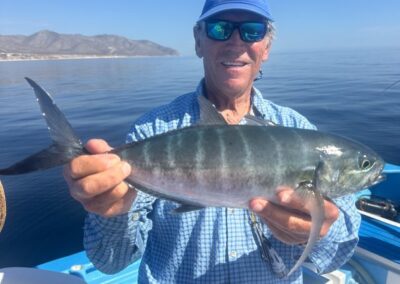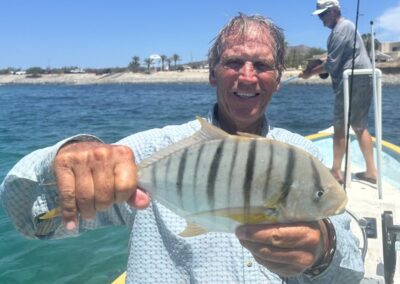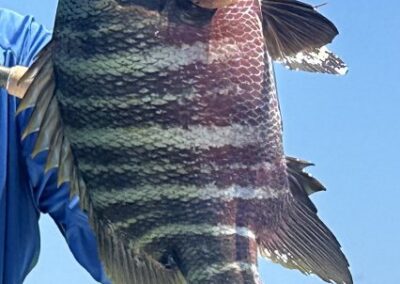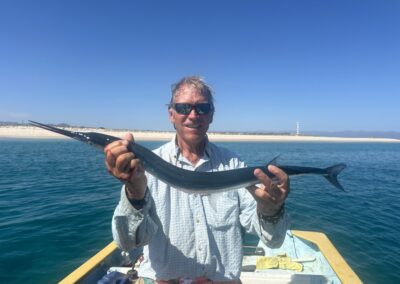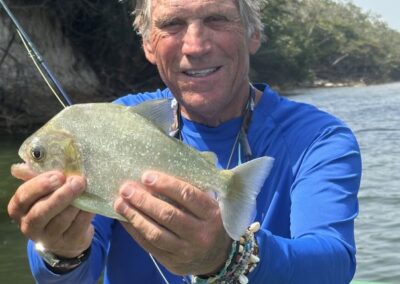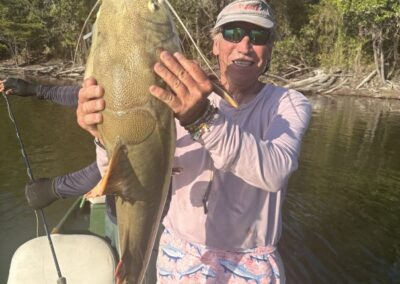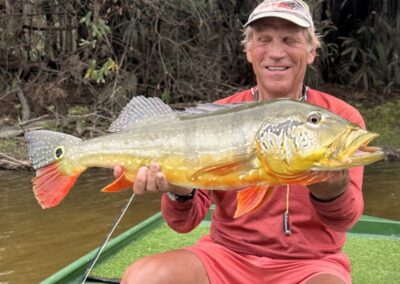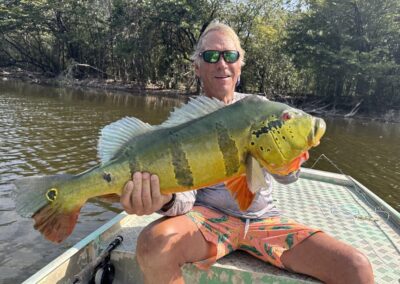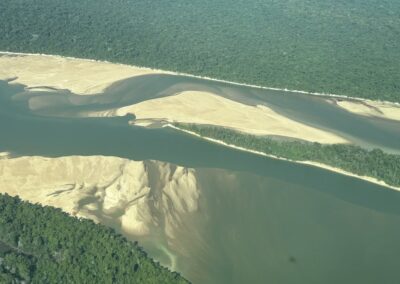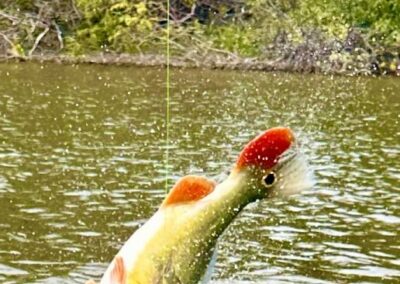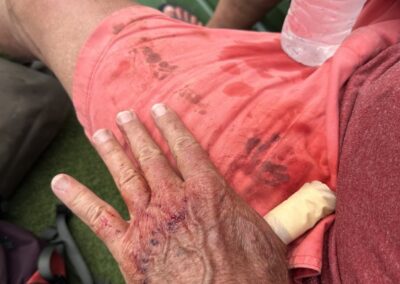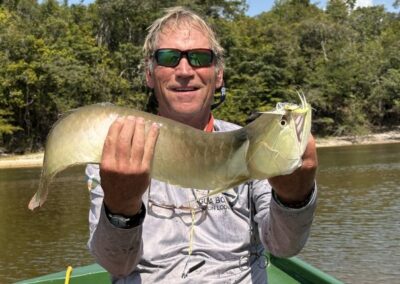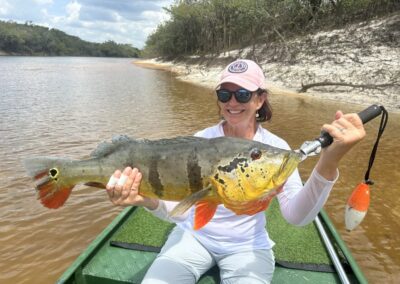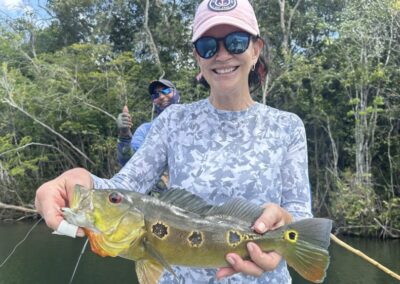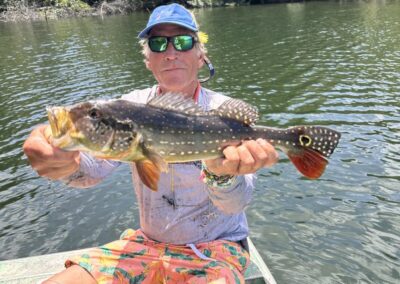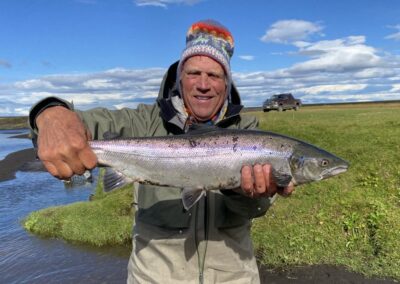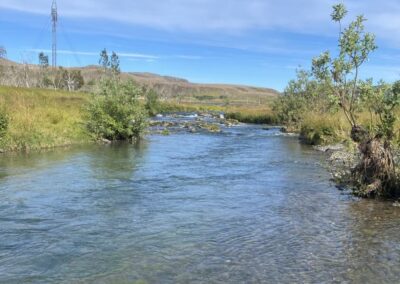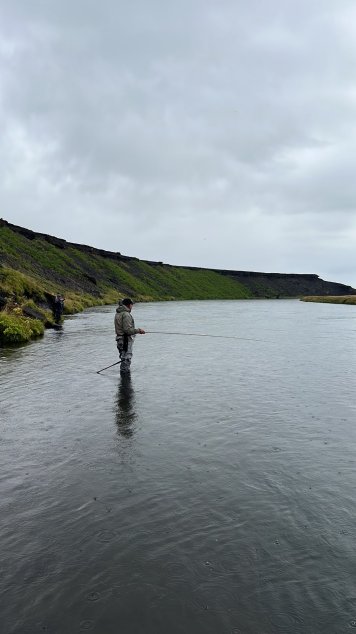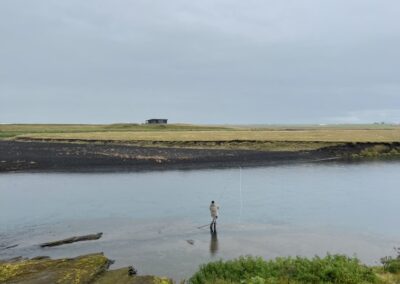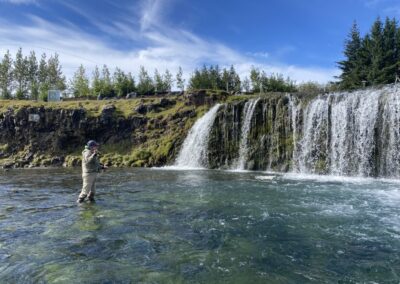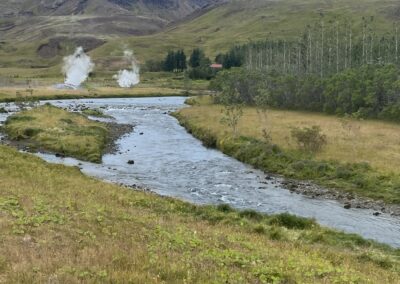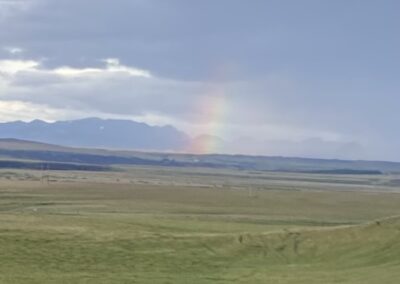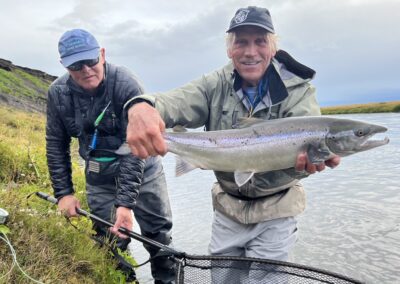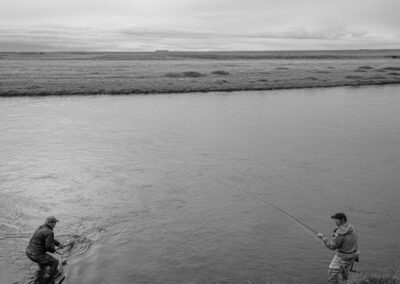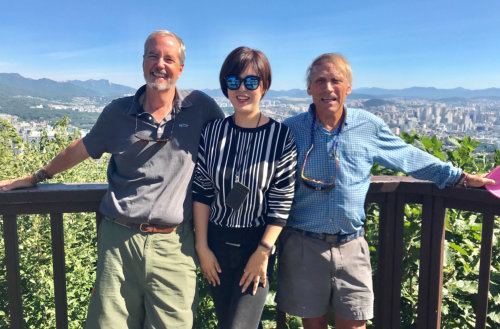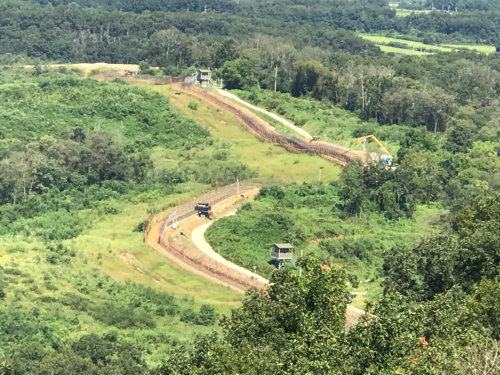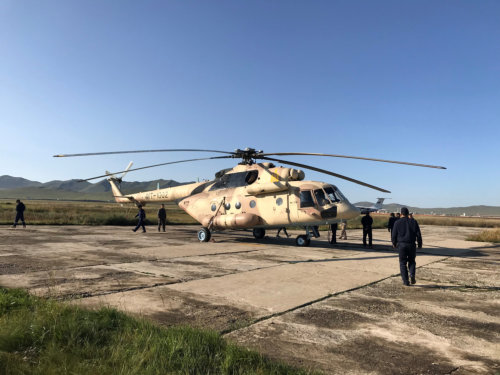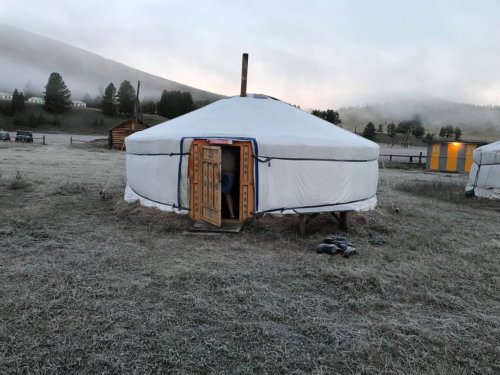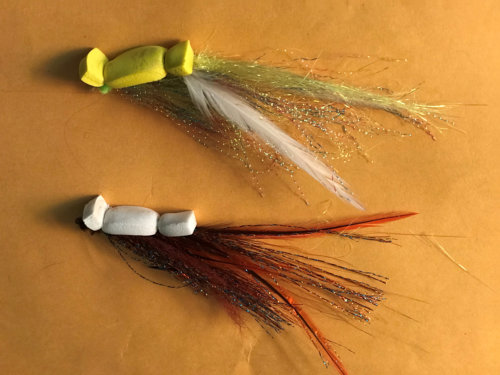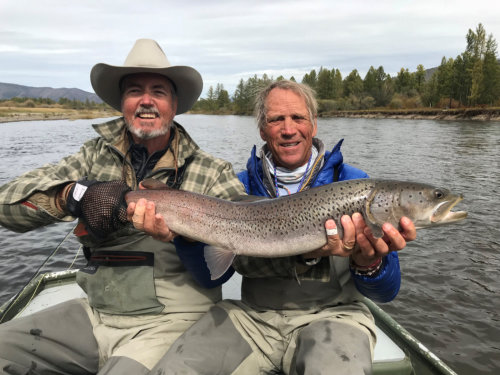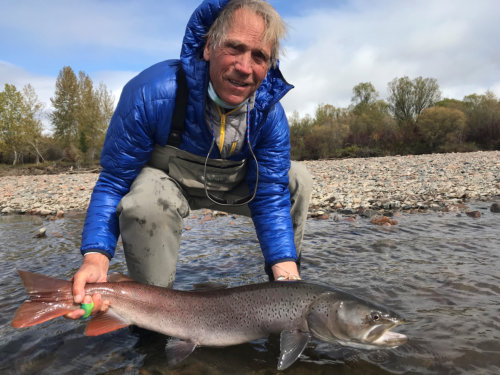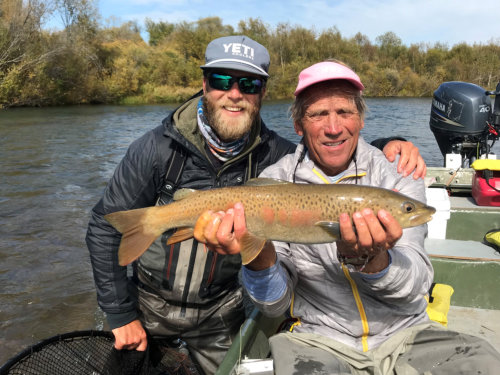When my friend in Bozeman called me in the middle of spring and told me that they had spaces to fish in Iceland since they had kicked the Russians off the tour, I jumped at the chance to go catch some Atlantic salmon on a two-handed rod. This turned out to be a real adventure in flying and investigating the country of Iceland.
First, I was informed by my travel agent that I had to fly through Frankfort, Germany, to get to Iceland, although it is only 5 ½ hours outside of JFK airport. So just following her instructions I found out that for flying purposes Iceland is considered Europe and that’s the way you have to do it. So, I took off and spent the better part of one day in Frankfort and flew into Reykjavík, Iceland about midnight. From there we took a shuttle bus to the Centrum Hotel which is in the middle of Reykjavík.
The next day we were shuttled to our camp the Aurora Camp on the Haga River which is a branch of the east Ranga. This is supposed to be one of the best Atlantic salmon fishing rivers in the world. We were not disappointed.
Early the next morning we met our guide, Jonah, and took off for the river to fish our first beat. Fishing with a two-handed rod is a thrilling experience. I was introduced to it in Quebec about 15 years ago and I try to keep up my two-handed skills, but there is nothing that works better than actually putting it to use and I was able to do that for 6 days in Iceland. Fishing these rivers is very interesting. The entire country is nothing but volcanoes and volcanic ash. So, there are no trees or brush along the river banks. It’s like walking down a well-manicured yard or golf course to the river edge. Since there is only volcanic ash there is no mud, so wading the river beds is easy. We spent half the time casting from the bank and half the time casting from the water. The water is that glacier blue color which is so beautiful on the backdrop of some 37 active volcanoes in the country of Iceland.
Our equipment consisted of two-handed rods, anywhere from 12-14 feet long and tube flies. Tube flies are interesting. They were developed in Australia and they actually slide up and down the leader which allows one to change the hook without changing the fly. They work great for Atlantic salmon. During my fishing excursion I was able to land around 15 Atlantic salmon. They are beautiful fish – they jump and exhibit all types of acrobatics.
We were also able to fish for brown trout. This was done on Lake Kreshen and River Varma and on Lake Thingvellir. In a matter of an hour or so I was able to land some 35-40 brown trout on dry flies. Our guide walked up the river and said, “We need to move, there are too many fish on this river.” I would be so lucky to experience that on any fishing trip.
The days were a combination of sun in the morning, then wind, then rain, then sun, wind and rain. I think that’s the scenario of weather in Iceland. Driving around the country you are able to see geothermal jets discharging their steam from the sides of mountains, the backyards of people’s houses and along the roadways.
Iceland is an extremely clean country. People do not hesitate pick up a piece of trash and throw it in a garbage can. The United States could learn a lot from that. In addition, the people are extremely proud and they are generous and friendly to all visitors. They love Americans and are excited to have us as guests.
This was definitely a unique experience fishing for Atlantic salmon and brown trout in Iceland. I only wish I had more time to cover more of the country. If you look at a map of Iceland there is nothing but rivers, streams, and lakes. I understand from our guides that almost all of these areas hold fish. You could make a lifetime of fishing just small streams in Iceland.
We ran into a number of Americans in Iceland vacationing, but the majority of the fisherman were from Europe and other Scandinavian countries. Everybody uses the two-handed rod. The topography of these rivers dictates that. Oftentimes you are standing in the water with a sheer cliff of 30-40 feet behind you. This made a back cast impossible.
I was grateful to be able to go to a place where I could really practice my two-handed casting and I will continue to work on improving my technique.
If you have a chance to go to Iceland – go. It’s worth the trip even if you didn’t fish.
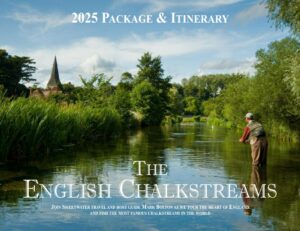
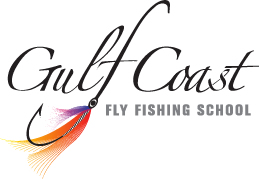
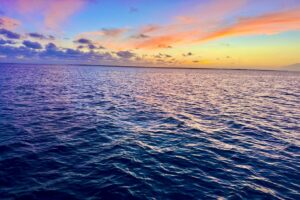 By Thomas R. Dempsey, M.D. CCI.
By Thomas R. Dempsey, M.D. CCI.